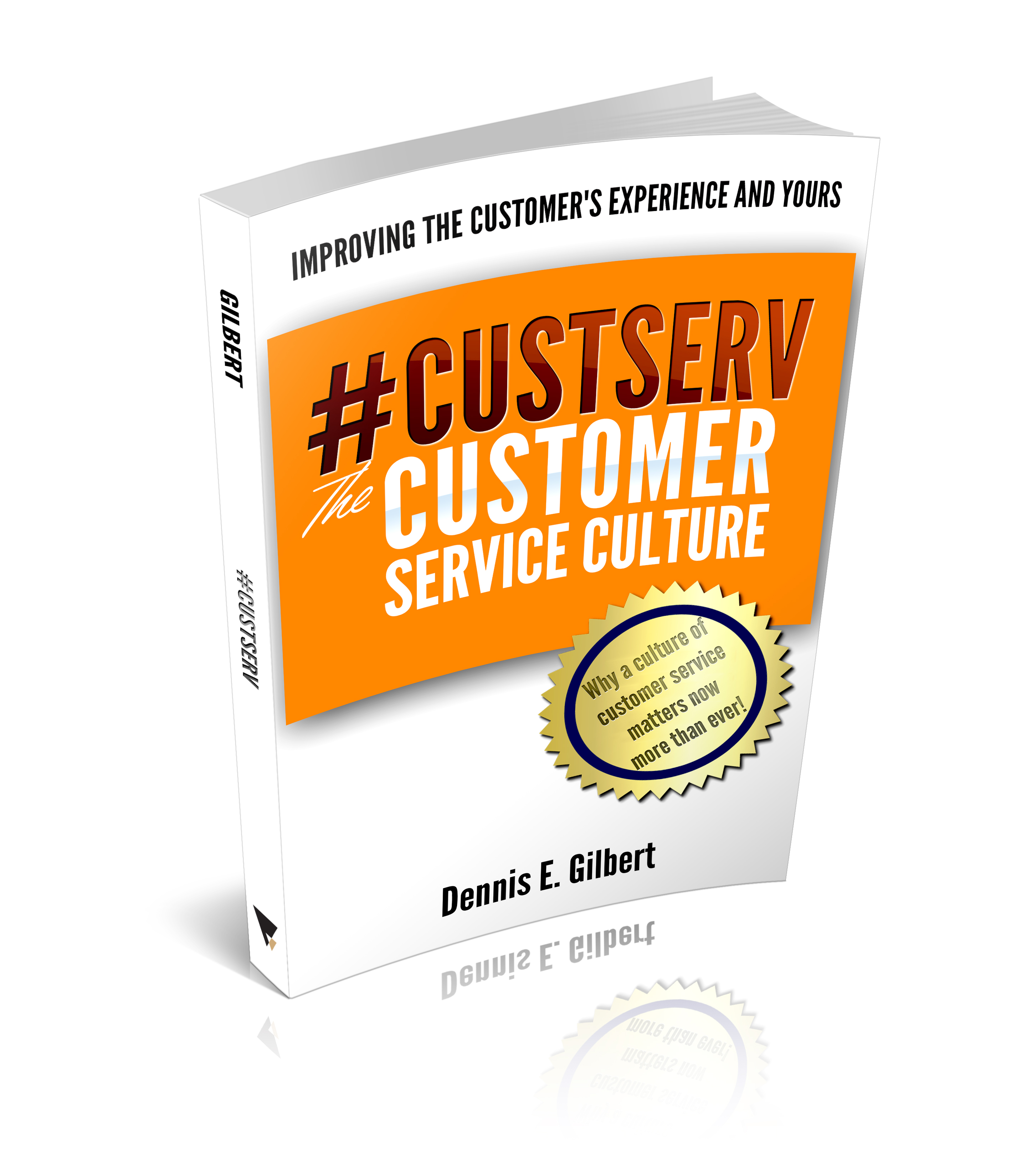
When Front Sided Customer Service Creates Back Sided Experiences
Service after the sale, is that the selling point? Is a culture of service after the sale the right culture? Do you have front sided customer service or back sided? Is your customer service scale balanced?
“This should work but if it doesn’t we have an excellent support department, or you can return it.”
“This has a lifetime warranty. If it breaks just bring it back.”
One of my favorites:
“Would you like to purchase the extended warranty?”
Sometimes you will hear complaints about customer service on the front side. Often though, the mindset is to prove your worth before the sale, to close the sale. Can your culture have too much focus on the front side?
Back Sided Experiences
Quickly some may argue that you can never have too much focus on either side. On the surface that seems appropriate but is there an underlying principle, an ethical challenge, and self-fulfilled prophecy looming?
Lifetime warranties once implied that it would never break. Today, it may be more about statistics. Sell enough product with just enough quality to just enough (or more) consumers that mathematically we can cover any failures.
Is that front sided customer service or a back sided focus? The better question may be, “Is it a customer focus?”
Customer Focused
Do you give service that is just enough? Is it just enough to cover any problems or just enough to close the sale?
When is the promise so good that it is never tested?
Should the cost of the extended warranty be balanced in the price of the product? What is the failure rate?
Does anyone ever ask why he or she needs the extended warranty?
How does an extended warranty business, stay in business?
Does the opportunity to buy the extended warranty lower the quality delivered?
When was the last time a major automobile insurance carrier went bankrupt?
Do casinos payout more than they bring in?
Front Sided Customer Service
Many consumers may decide that they don’t care about these questions. It might be the very reason the expectations are lowered, the quality becomes just enough, and the best customer service happens before the sale.
For the consumer: Be very careful about the offer on the front side, it may be a signal for the rest of your customer experience.
– DEG
Dennis E. Gilbert is a business consultant, speaker (CSPTM), and corporate trainer that specializes in helping businesses and individuals accelerate their leadership, their team, and their success. He is a five-time author and some of his work includes, #CustServ The Customer Service Culture, and Forgotten Respect, Navigating A Multigenerational Workforce. Reach him through his website at Dennis-Gilbert.com or by calling +1 646.546.5553.














